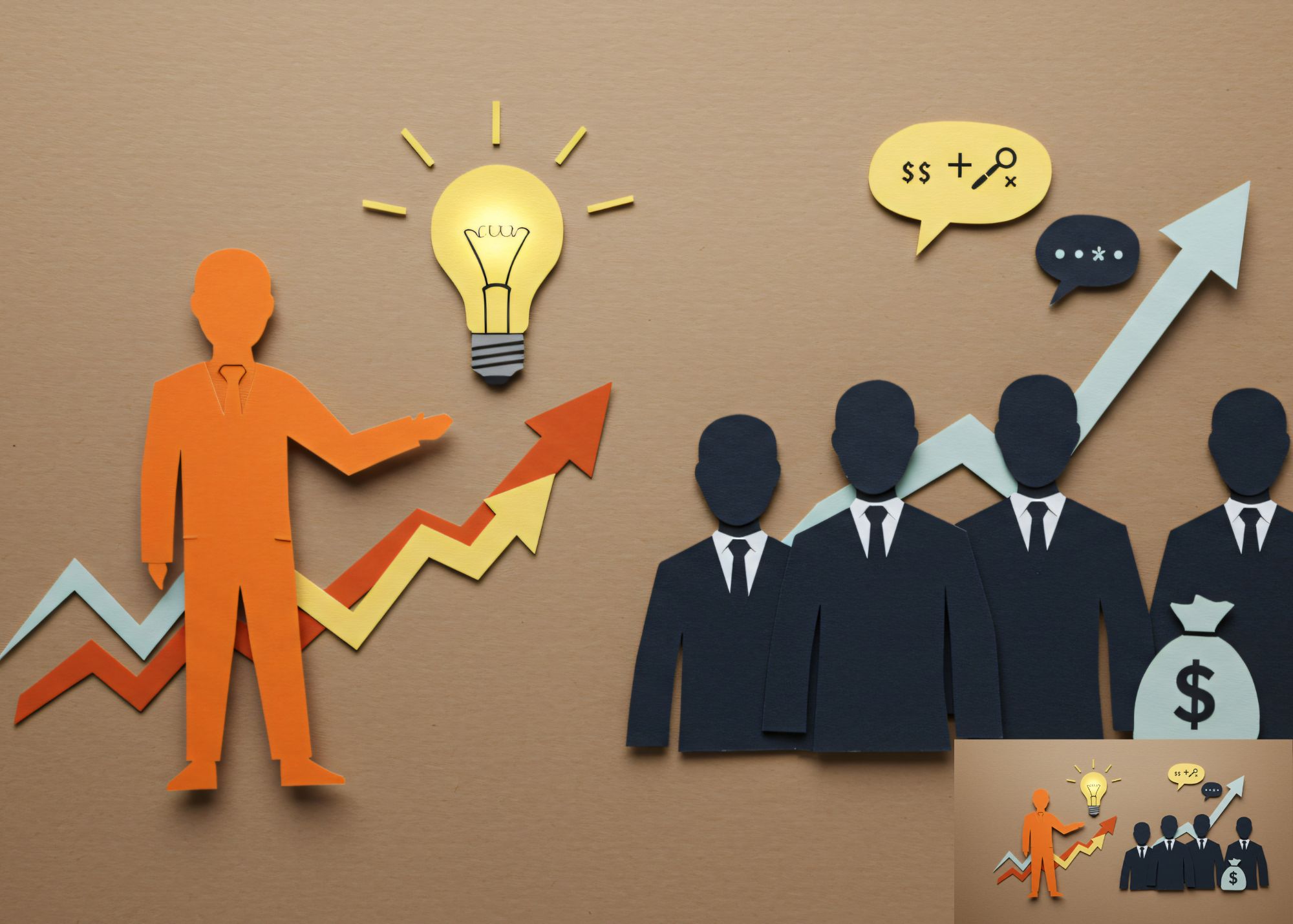Is 2025 The Year Uber Bounces Back?
Shares of Uber Technologies (NYSE:UBER) have had a rough few months, dropping 15.7% over the last 90 days even as the overall market finished 2024 on a high note. With shares still sold off, investors may find themselves wondering where Uber goes from here. Let’s take a look at what’s driving UBER down, how the company is performing and whether Uber stock can recover in 2025.
Key Points
- Uber’s 15.7% drop stemmed from GM ending its Cruise robotaxi project and Tesla’s Cybercab announcement, raising doubts about Uber’s autonomous future.
- Uber’s Q3 revenues rose 20% to $11.2 billion, with projected 40% annual EPS growth, signaling strong recovery potential.
- Partnerships with Waymo and NVIDIA, plus challenges for Tesla’s Cybercab, position Uber to maintain market leadership and regain stock value.
Why Was Uber Trending Lower?
Interestingly, Uber’s sharp downturn has had little to do with its own performance. Instead, the pressure on Uber shares came from the moves of two other companies, namely General Motors and Tesla.
Uber shareholders have long hoped for the arrival of autonomous taxis that would reduce the costs associated with human drivers. To this end, Uber had signed a multi-year partnership with Cruise, an autonomous vehicle company owned by GM. This partnership was supposed to bring about a line of self-driving taxis for Uber. In December, however, GM pulled the plug on the robotaxi project to focus Cruise’s resources on developing more advanced assisted driving features.
This decision put additional pressure on Uber shares, which were already struggling due to Tesla’s October announcement of its fully autonomous Cybercab. This vehicle, which is designed without pedals or a steering wheel, is Tesla’s answer to the robotaxi market and could make the EV giant a direct competitor to Uber in the future.
Between this and the Cruise partnership falling through, Uber’s dominance in the future of the taxi industry became much less certain, causing the stock to retreat. It’s only fair to acknowledge that Uber was riding quite high before this retreat began. The stock’s highest-ever close occurred on October 11th of last year, when shares finished the trading session at $86.34.
The formal unveiling of the Cybercab took place just one day earlier, meaning that the catalyst for Uber’s fall coincided almost exactly with the stock’s record prices. This set Uber up for a significant tumble that was only made worse by GM’s decision to shelve its robotaxi scheme in December.
The Arguments in Favor of an Uber Recovery
Two of the first things to look at in terms of a potential Uber recovery are the company’s own performance and its valuation. In Q3, the company’s gross bookings grew 16% year-over-year, while its total revenues rose 20% to $11.2 billion. Income from operations reached $1.1 billion for the quarter, up more than $650 million from the year-ago period. Looking down the road, analysts expect Uber’s earnings per share to keep growing at a compounded annual rate of more than 40% over the coming 3-5 years.
As far as valuation is concerned, Uber shares still don’t exactly look cheap. At 3.3x sales, 32.3 times earnings and 9.3 times book value, investors are still paying a premium for the ridesharing giant. The price-to-earnings-growth ratio, however, is well below 1.0, potentially signaling that Uber could justify its high share prices by continuing to deliver strong growth over the next 12 months.
Even with the loss of Cruise as a partner in developing autonomous taxis, Uber isn’t completely out of the running in the robotaxi race. The company is also partnered with Waymo, an autonomous driving startup that could emerge as a competitor to Tesla in AV technology. The two companies plan to pilot a self-driving taxi program in two major urban markets early this year, giving Uber another opportunity to take advantage of autonomous driving development.
It’s also worth noting that the negative effect of Tesla’s Cybercab project on Uber shares may be overblown. To begin with, even Tesla concedes that these autonomous cabs won’t be available until 2026 or 2027. The company also has a long track record of promising massive technological innovations on short timelines and then failing to deliver. Tesla has been promising varying degrees of self-driving capabilities that outperform human drivers since 2016, but progress has consistently been slower than the company’s own lofty claims.
Even if Tesla can stick to its own timeline, fully autonomous taxi services will face an uphill battle to gain regulatory approval. At the time of the Cybercab’s unveiling, Tesla hadn’t yet applied for the regulatory exemptions necessary to put a fleet of autonomous cabs without pedals or steering wheels on the road. The regulatory hurdles for this kind of vehicle will likely be substantial, potentially pushing Tesla’s entry into the taxi market back by multiple extra years.
In the meantime, Uber’s model of paying drivers for ridesharing services leaves it as by far the largest player in the taxi service space. With an established moat in the industry and the potential to still compete as robotaxis come into their own, it seems that Uber’s sharp decline may have left the stock oversold.
So, Will Uber Bounce Back?
While Uber’s position in developing robotaxis has certainly weakened, the market may have overreacted by sending shares so much lower. This certainly appears to be the prevailing opinion among analysts, who project an average price target of nearly $90 for the stock over the next 12 months. Given the current market price of $64.91, this would generate an upside of about 38 percent for investors. It’s also worth noting that even in light of the developments of the last few months, not a single analyst covering UBER currently rates it as a sell.
In fact, Uber may already be in the early stages of a recovery. The company recently expanded its self-driving partnerships to include NVIDIA, an announcement that gave share prices a modest boost. The two companies plan to pair Uber’s massive trove of driving data with NVIDIA’s AI know-how to improve autonomous driving technology. If successful, the partnership could give Uber the edge it needs to remain relevant even if Tesla can roll out the Cybercab as promised.
Tying it all together, a recovery looks fairly likely for Uber. The company’s setbacks in the autonomous taxi market notwithstanding, Uber is still by far the biggest ridesharing company out there. With revenue and earnings growth likely to continue at high levels for quite some time, it doesn’t seem likely that bad news on the AV front will keep Uber down indefinitely.



